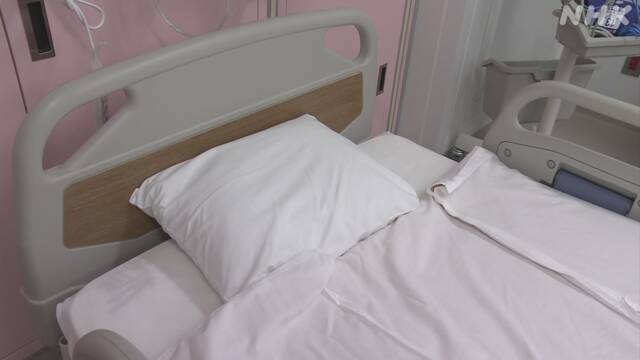Experts from the government subcommittee have summarized the future medical system based on the lessons learned from the new corona response up to the 5th wave.
In the spread of infection so far, it is assumed that a certain number of beds reserved for corona patients cannot actually be used, and that the operational limit of the secured beds is about 80%. Prefectural governments and hospitals cooperate to make advance adjustments.
Experts from the subcommittee analyzed the structure of Japan's medical system and the issues that became apparent when the infection spread, and summarized the future medical system.
According to this, when the infection spread so far, a huge burden was placed on the government and health centers, and it was not possible to sufficiently observe the health of home care recipients, and in some local governments, it exceeded the capacity of medical institutions. Priority was given to securing beds, and in some cases hospitalization was not possible when the bed usage rate was about 60%.
Based on these verifications, experts will create a mechanism to share information on home care recipients, and prefectural governments and hospitals will assume that the actual operational limit of the secured beds is about 80%. It is important to work together and coordinate in advance.
In addition, in the sixth wave in the future, the operating status of beds will be set by prefectures so that vaccines, antigen test kits, and drugs that can be used for mildly ill patients can be used to reduce the number of patients who become severely ill and to treat patients other than corona. It is said that hospitalization should be adjusted while grasping in real time, and the bed should be operated efficiently so that it can be quickly transferred to another hospital during the recovery period.
The state of this medical system will be presented and discussed at a subcommittee meeting to be held on the 16th.

